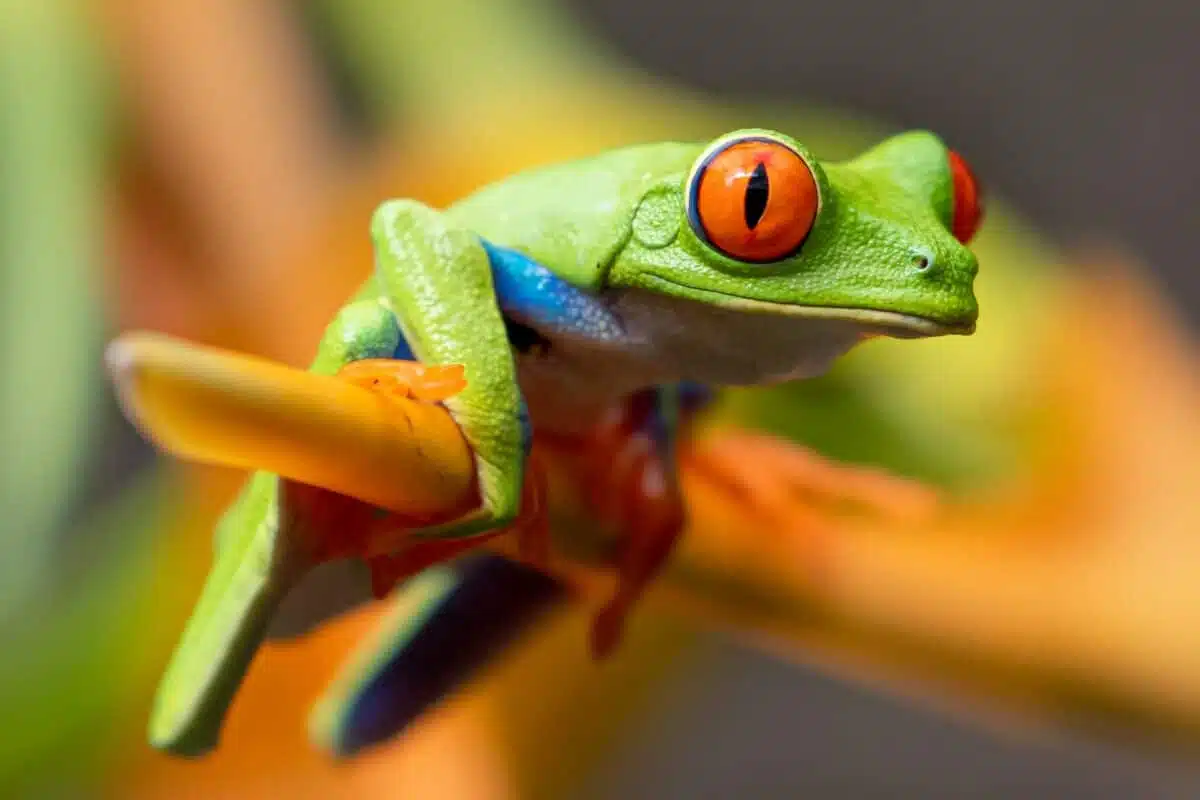Welcome to The Adorable World Of Cute Frogs. Hop right in!
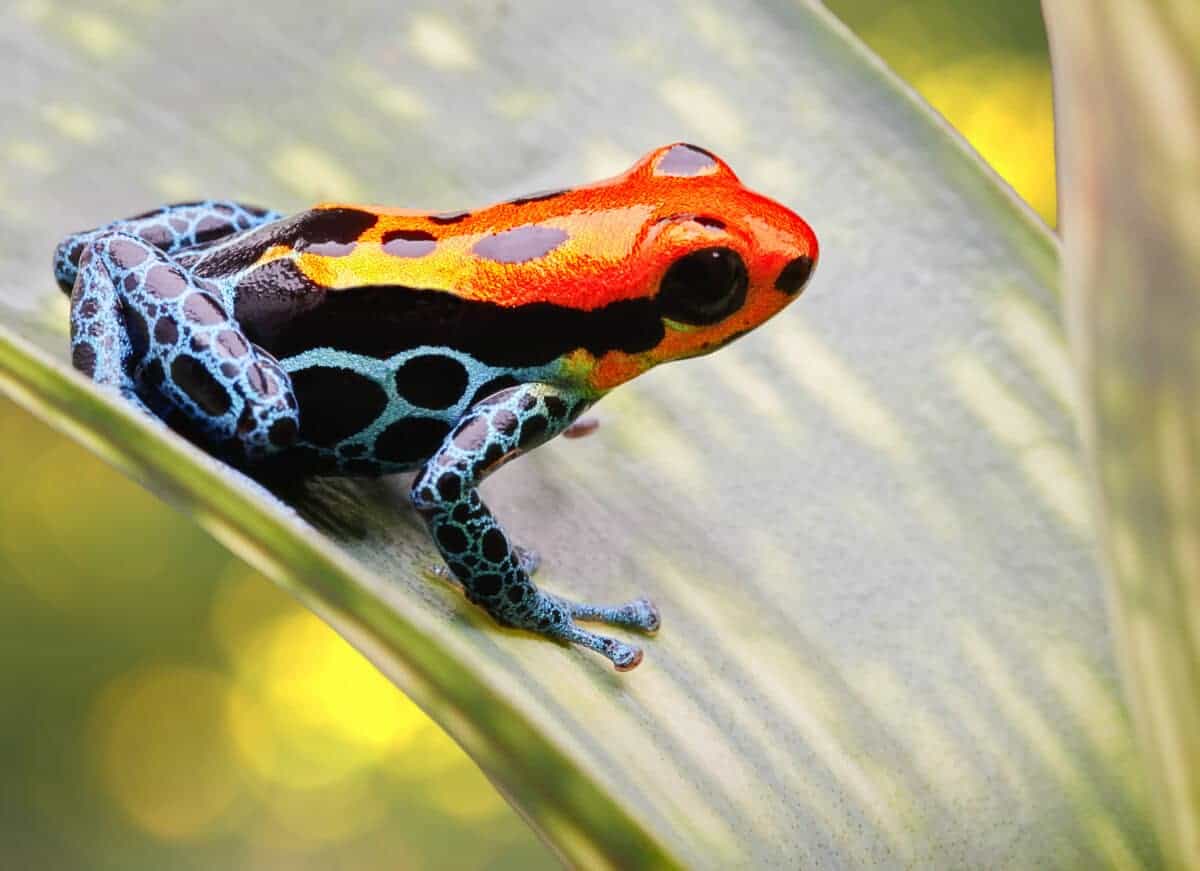
Frogs are fascinating creatures that have captured people’s attention. From their unique appearance and croaking sounds to their essential role in the ecosystem, there’s no denying the charm of these amphibians. However, one frog species, mainly, has gained a reputation as being especially cute – the tree frog.
With their big eyes, colorful bodies, and adorable expressions, tree frogs have become a favorite among nature enthusiasts and animal lovers. This article will look closely at cute tree frogs and explore what makes them so unique.
Want to hop ahead? Click below
Cute Frog – An Amphibian
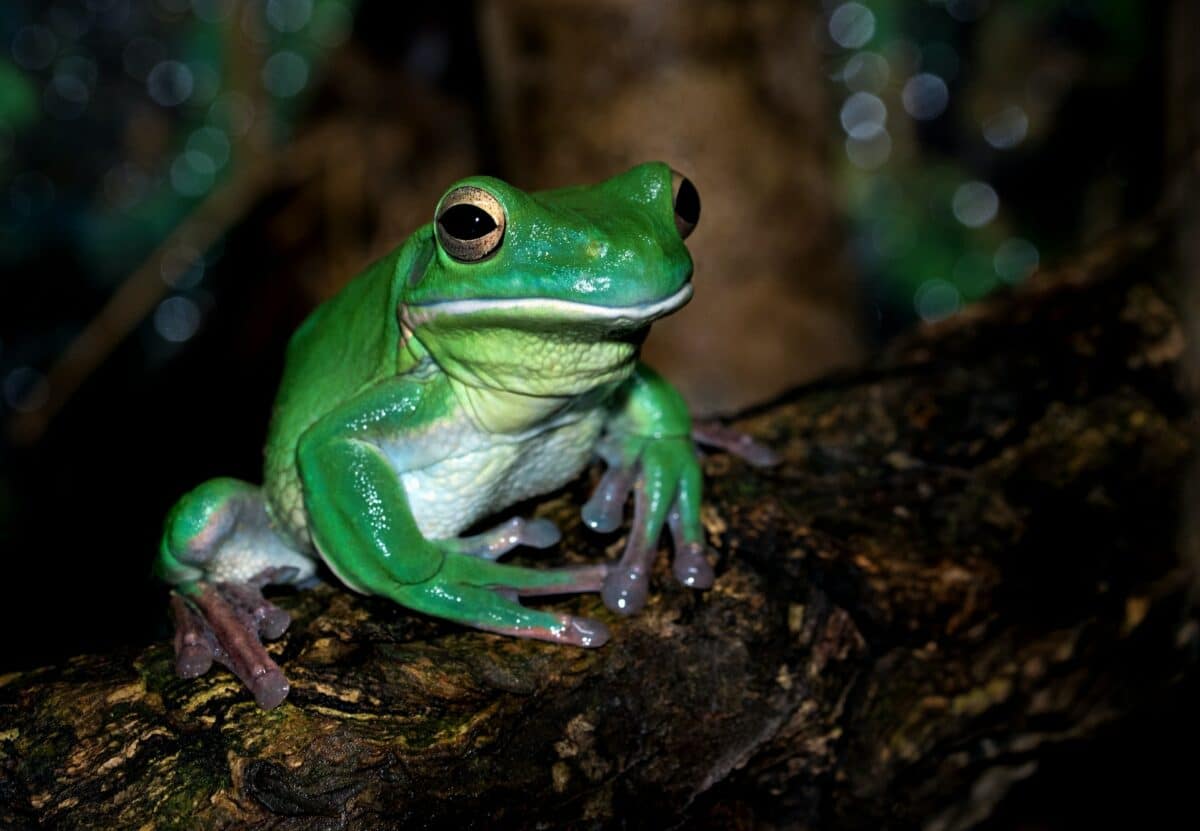
Cute frogs are amphibians with distinctive features that make them adorable to many people. Their cuteness can be subjective, but it often includes features such as big eyes, colorful skin patterns, and small size.
Some famous examples of cute frogs include tree frogs, poison dart frogs, and red-eyed frogs. While cuteness may be subjective, many people find frogs endearing due to their unique characteristics and charming appearance.
Importance Of Frogs In The Ecosystem
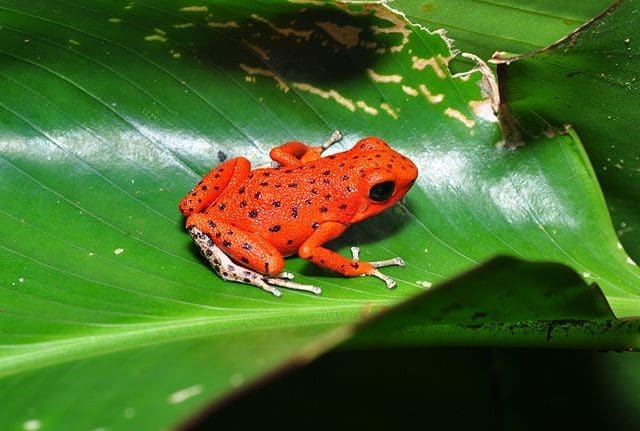
Frogs play a critical role in the ecosystem, making them an essential part of many habitats worldwide. They help to control the insect population, acting as natural pest control agents.
They are also important indicators of environmental health, as their permeable skin makes them especially vulnerable to pollutants and other environmental stressors. By monitoring frog populations, researchers can gain insight into the overall health of an ecosystem.
Frogs are an essential part of the food chain, serving as prey for many predators, from birds to snakes to larger mammals. As such, their presence in an ecosystem can have ripple effects throughout the food web.
Overall, the importance of frogs in the ecosystem cannot be overstated. Their role as both predator and prey, as well as their sensitivity to environmental changes, makes them valuable indicator species that can provide helpful information about the overall health of an ecosystem.
Tree Frogs: The Epitome Of Cute
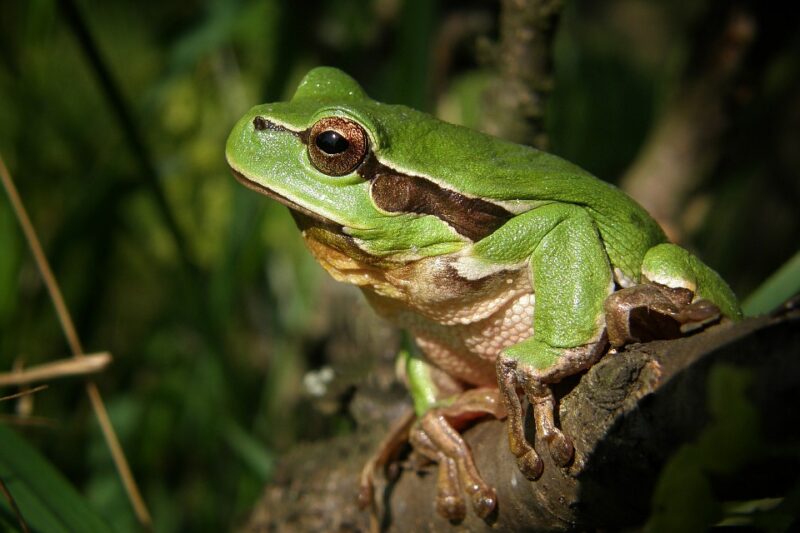
Description Of Tree Frogs’ Physical Characteristics
Tree frogs are known for their adorable appearance, with some of the most notable physical characteristics being their large, bulging eyes and brightly-colored skin patterns. Tree frogs are typically tiny, with most species measuring 1 to 2.5 inches.
Their toes are specially adapted to help them grip onto surfaces, with some species possessing suction cups on the tips of their toes. Their skin is thin and absorbent, which allows them to breathe and absorb moisture through their skin. Overall, tree frogs’ physical characteristics make them unique and endearing creatures.
Discussion Of Tree Frogs’ Unique Behavior And Vocalizations
Tree frogs are known for their unique behavior, including their ability to climb trees and other tall structures. They are also known for their vocalizations, with males often calling out to attract mates.
Different species of tree frogs have different calls, ranging from simple chirps to more complex songs. Some species of tree frogs even can change the pitch and frequency of their calls, allowing them to communicate with other members of their species.
Fun Facts About Tree Frogs
Tree frogs are fascinating creatures with several interesting facts associated with them. For example, some species of tree frogs can change colors depending on their surroundings, allowing them to blend in with their environment and avoid predators. Other species of tree frogs are known for their toxic skin secretions, which can be dangerous to predators if ingested. Additionally, tree frogs have been used in medical research to help develop new treatments for various health conditions.
Overall, tree frogs are a unique and fascinating group of animals beloved by many for their cuteness and intriguing behaviors. Their physical characteristics, unique behaviors, and exciting facts make them a favorite among animal lovers and researchers.
Check out the latest evolutionary connection between Tree Frog Toe Pads And Human Hair.
Other Cute Frog Species
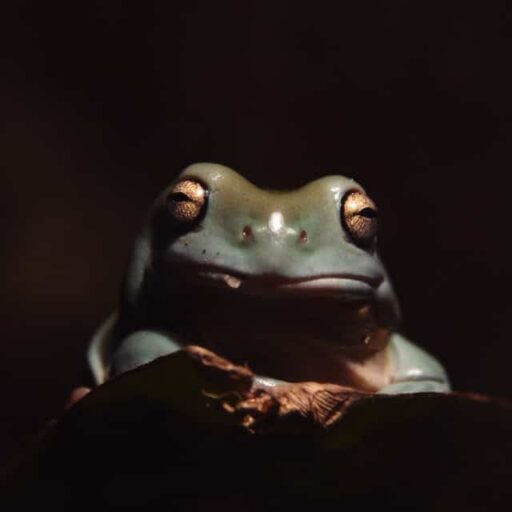
Description Of Other Frog Species Known For Their Cuteness
While tree frogs are often considered the epitome of cute frogs, many other species are equally adorable. Such as, the poison dart frog is a brightly-colored frog with stunning and intricate patterns on its skin.
The harlequin frog is another species with vibrant skin patterns and unique coloration. The glass frog is also a widespread species known for its transparent belly that allows its internal organs to be seen. These are just a few other frog species considered cute due to their unique and endearing physical characteristics.
There are many different types of cute frogs, each with unique characteristics and charm. Here are a few examples of some of the most adorable frog species:
Red-Eyed Tree
The red-eyed tree frog is one of the most iconic and recognizable frog species, with its bright green body, blue and yellow stripes, and striking red eyes. They are arboreal and can be found in Central and South America.
Poison Dart
Dart frogs are known for their bright, vibrant colors, which warn potential predators that they are toxic. Despite their name, not all poison dart frogs are poisonous. They are native to South America.
White’s Tree Frog
White’s tree frog, also known as the dumpy tree frog, is a popular pet frog species known for its plump, friendly appearance and bright green coloration. They are native to Australia.
Glass Frogs
Glass frogs are known for their translucent skin, which allows you to see their internal organs. They are arboreal and are found in Central and South America.
Bornean Flat-Headed Frog
This unique frog species is named for its flattened head and large eyes, which give it a comical, cartoonish appearance. They are native to Borneo.
Tomato Frog
The tomato frog is a bright red or orange frog species with black spots, and they are named for their resemblance to a ripe tomato. They are native to Madagascar.
These are just a few examples of adorable and fascinating frog species worldwide.
Comparison Of Features Between Tree Frogs And Other Cute Frog Species
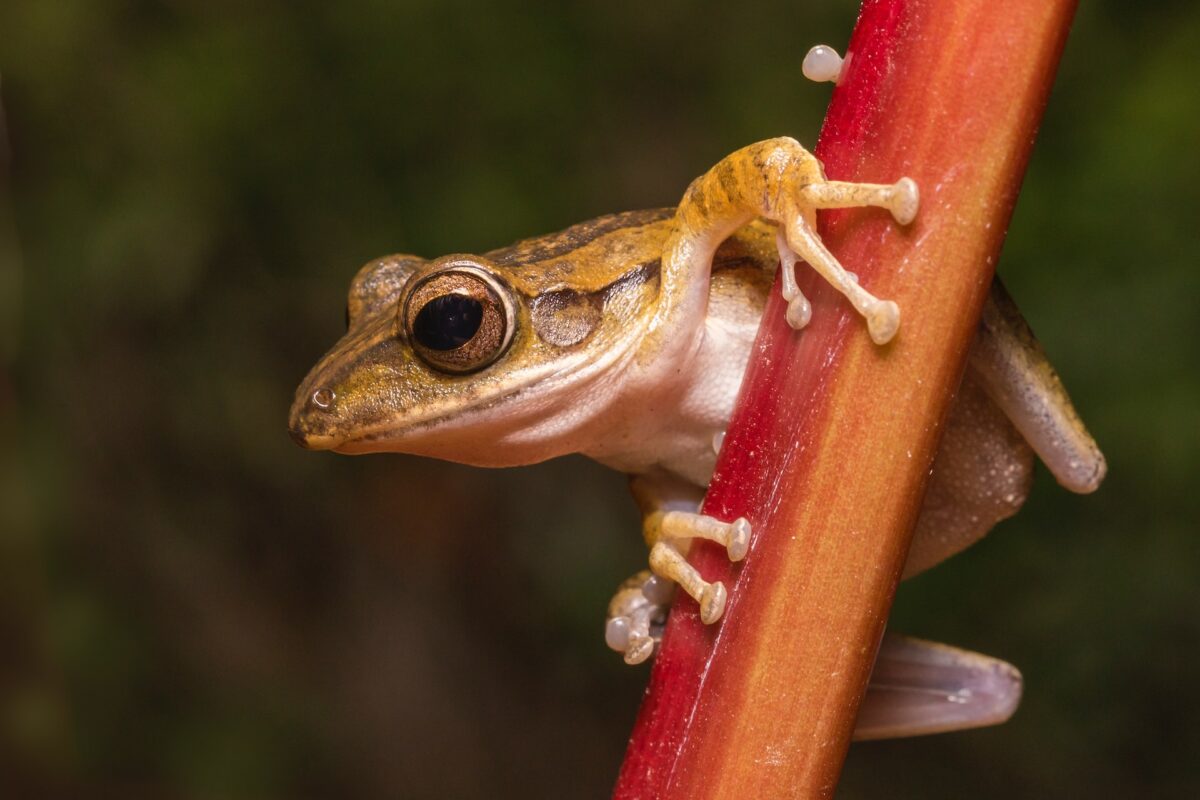
While many frog species share similar physical characteristics, each has unique features that make them stand out. For example, tree frogs are often smaller in size and have bright, bold patterns on their skin, while poison dart frogs are giant and have more intricate and detailed skin patterns.
Harlequin frogs are often noted for their contrasting colors, with bright orange, yellow, and black stripes. Glass frogs, on the other hand, are admired for their transparency and the unique appearance of their internal organs. By comparing and contrasting the features of different frog species, we can appreciate the diversity and beauty of these cute creatures.
Importance Of Conservation Efforts To Preserve Cute Frog Species

While cute frog species are beloved by many, they face numerous threats that risk their survival. Habitat destruction, climate change, pollution, and the spread of infectious diseases are all significant factors contributing to the decline of frog populations worldwide.
The pet trade also threatens some species, with collectors capturing wild frogs for sale in the exotic pet industry. It is crucial to implement conservation efforts to protect and preserve these cute frog species, which play essential roles in maintaining the health and balance of ecosystems.
By protecting frog populations and their habitats, we can ensure that future generations can continue to appreciate and enjoy the beauty and cuteness of these fantastic creatures.
Cultural Significance And Symbolism Of Cute Frog Species
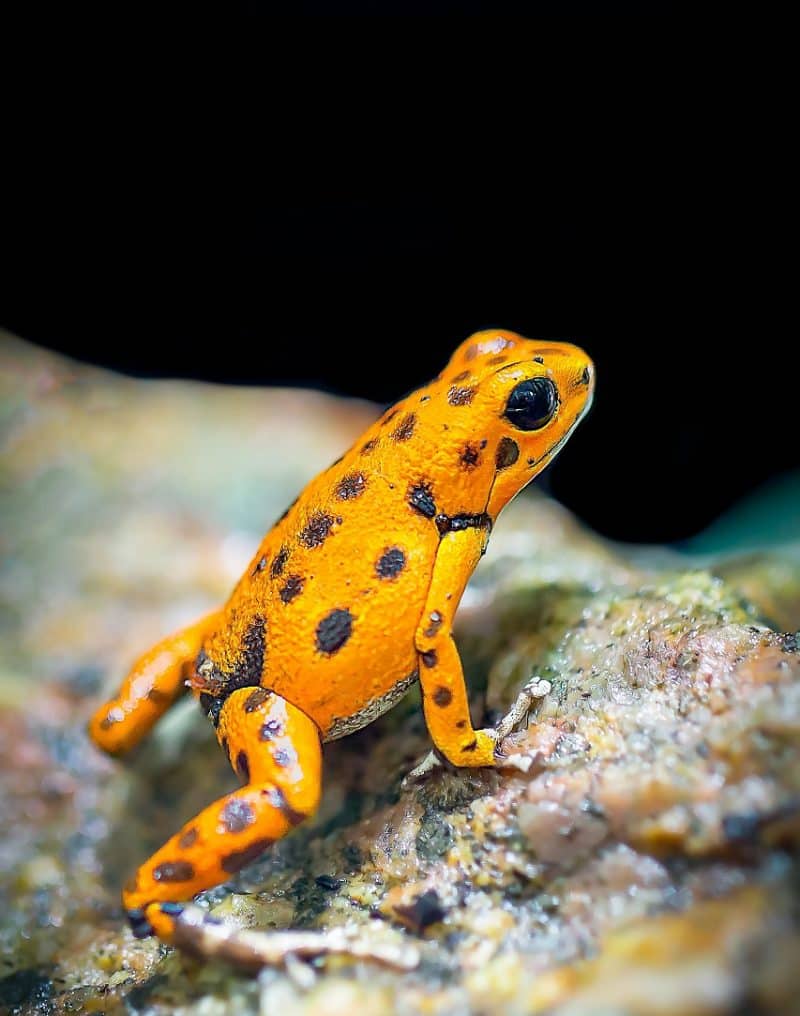
Frogs have played a significant role in many cultures throughout history, often symbolizing different things depending on the culture. In ancient Egypt, the frog symbolizes fertility and new life. In Chinese culture, the frog is considered a symbol of good luck, wealth, and prosperity.
The frog, in many Native American cultures, is associated with rain, water, and the renewal of life. These cultural associations and symbols have contributed to the popularity and appreciation of cute frog species in many parts of the world.
Research And Discoveries About Cute Frog Species
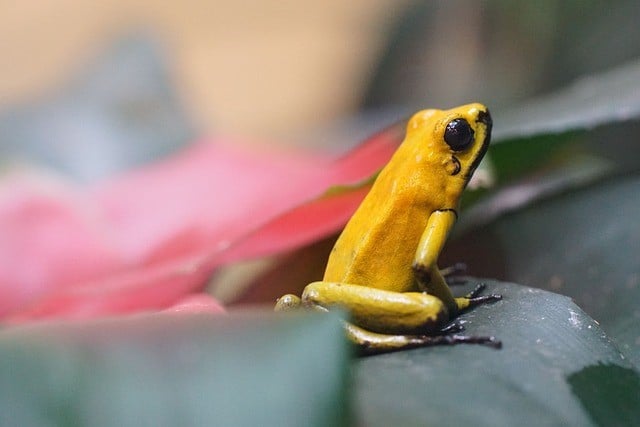
Scientists are constantly making discoveries about frog species, from their behavior and ecology to their genetic makeup and adaptations. For example, researchers have recently discovered that some frog species can change the color of their skin to blend in with their environment, providing camouflage and protection from predators.
Additionally, other studies have explored the unique vocalizations of frog species and their role in communication and breeding. By continuing to study and learn about cute frog species, we can better understand their importance and the threats they face.
Unique Adaptations Of Cute Frog Species
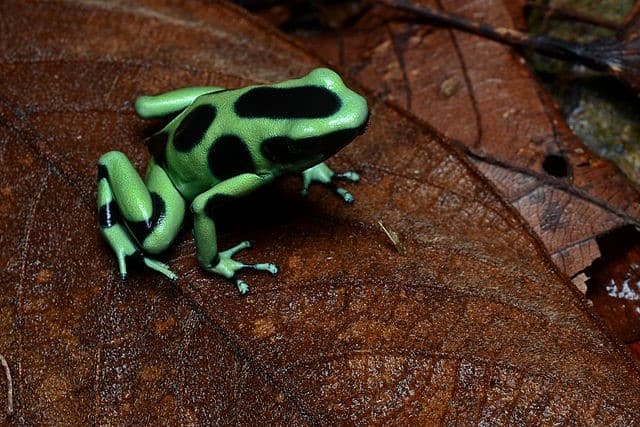
Cute frog species have a range of unique adaptations that have helped them survive and thrive in their environments. For example, some species can secrete toxins on their skin as a defense mechanism against predators. Others have adapted to their arboreal lifestyle by developing suction cups on their toes to better grip tree branches.
Many species also have particular vocalizations and mating behaviors specific to their species. Furthermore, these adaptations and behaviors make cute frog species fascinating and important subjects for study and appreciation.
Threats To Cute Frog Species And The Need For Conservation Efforts
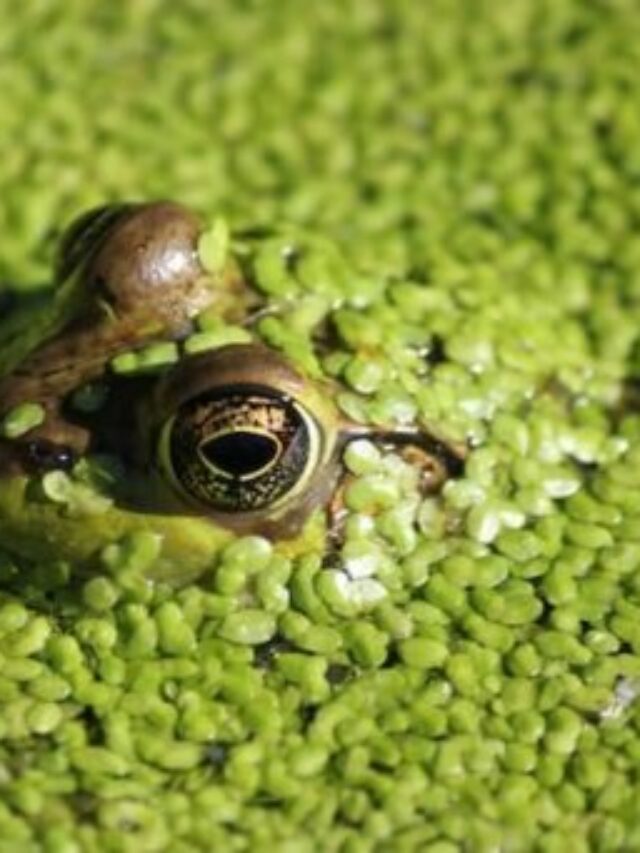
Cute frog species face numerous threats to their survival, including habitat destruction, pollution, climate change, and the spreading of infectious diseases. The pet trade also threatens some species, with collectors capturing wild frogs for sale in the exotic pet industry.
Evidently, it is vital to implement conservation efforts to protect and preserve these cute frog species, which play important roles in maintaining the health and balance of ecosystems.
Cute Frog Species As Indicators Of Ecosystem Health
Frogs are often considered indicators of ecosystem health. They are sensitive to environmental changes and can be affected by pollutants and other environmental stressors. By monitoring and studying frog populations, scientists can gain insights into the overall health of ecosystems and identify areas that need attention or restoration.
Ways To Get Involved In Frog Conservation Efforts
There are ways to get involved in frog conservation efforts, from volunteering with local conservation organizations to supporting research and advocacy initiatives. You can also take steps in your own life to reduce your impact on the environment and support sustainable practices that help protect frog habitats.
The Future Of Cute Frog Species And Their Role In The Environment
The future of cute frog species is uncertain, as they face numerous threats and challenges to their survival. However, by implementing conservation efforts and raising awareness about the importance of these species, we can help ensure that they continue to play important roles in maintaining healthy and vibrant ecosystems. We can learn more about the natural world and our place by appreciating and studying cute frog species.
The Science Of Why We Find Frogs Cute
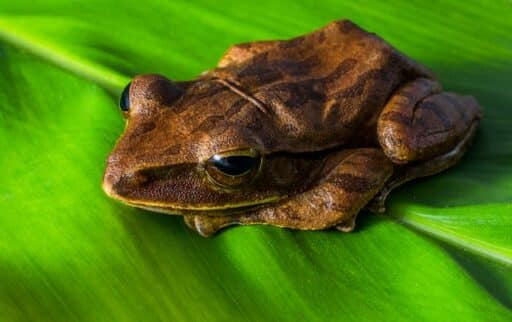
Explanation Of The Science Behind Cuteness
Firstly, cuteness is a complex and multi-dimensional concept studied in psychology, biology, and aesthetics. From an evolutionary perspective, cuteness can be seen as an adaptation that promotes survival and reproduction by eliciting nurturing and protective behavior from caregivers. Furthermore, cuteness is closely related to our perceptions of novelty, simplicity, and vulnerability.
Discussion Of Why We Find Frogs Specifically, Cute
Frogs possess many features commonly associated with cuteness, such as large eyes, round bodies, and cute vocalizations. Their hopping and jumping movements are often looked at as playful and endearing. Moreover, the diverse colors and patterns can add to their cuteness. Finally, cultural associations and symbols can influence our perceptions of cuteness and enhance our appreciation of frog species.
Role Of Cuteness In Conservation Efforts
Firstly, the concept of cuteness can play an important role in conservation efforts by making the public more aware and support for endangered and threatened species. Cute animals, such as frogs, are often more likely to garner attention and empathy from the general public, which can translate into funding getting bigger for conservation projects and a greater motivation to take action to protect these species.
Cuteness can also be a valuable tool for raising awareness and the role of different species in maintaining healthy ecosystems. Especially by recognizing and appreciating the cuteness of frogs, we can better understand and appreciate their value and significance in the natural world.
The Cultural Significance Of Frogs
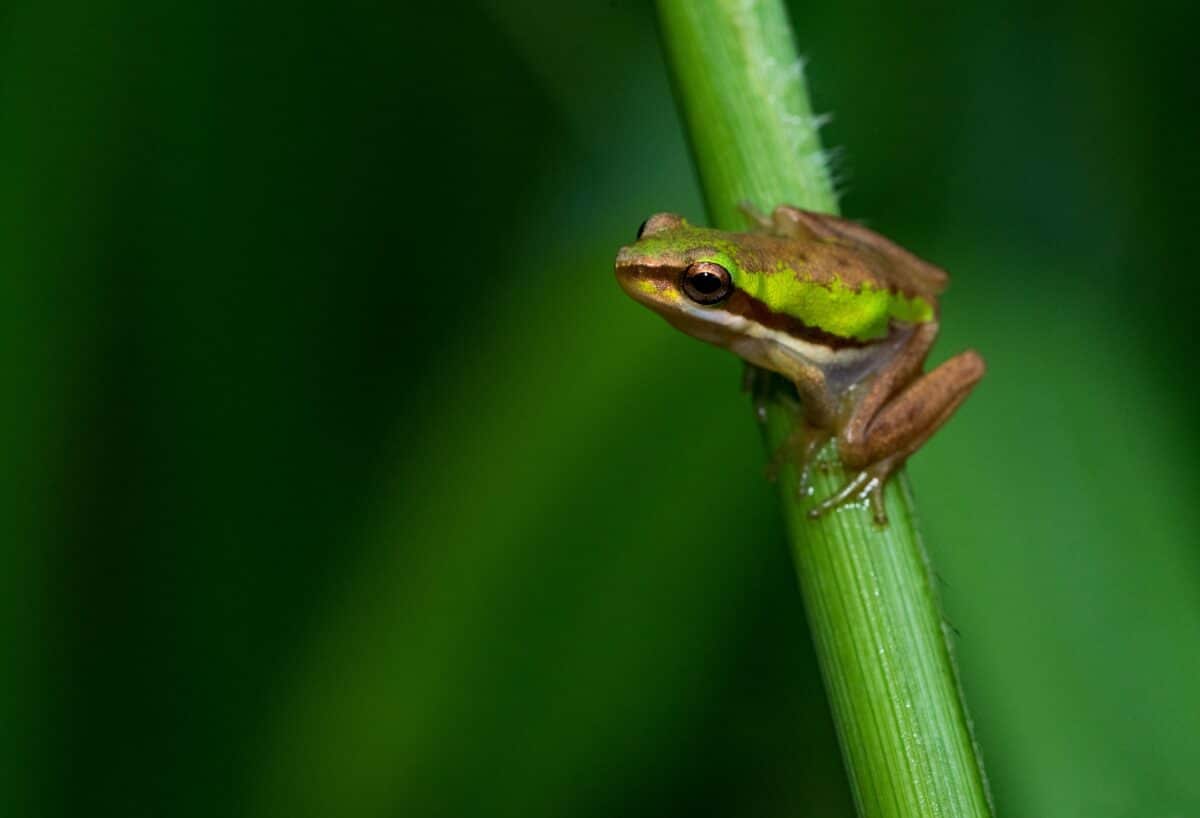
Discussion Of Frogs In Mythology And Folklore
Firstly, frogs have played an important role in mythology and folklore worldwide. For instance, in ancient Egyptian mythology, the frog was a symbol of fertility and was linked with the goddess Heket, who was believed to assist in the birth process.
They are associated with rain and water in many cultures and symbolize renewal and transformation. In some Native American tribes, the frog is regarded as a spirit animal that represents cleansing, purification, and emotional healing.
Analysis Of How Frogs Have Been Represented In Popular Media
Frogs have also been popular subjects in literature, film, and other forms of popular media. For instance, the character of Kermit the Frog, created by Jim Henson, has become an iconic figure in American culture and is widely recognized worldwide. Frogs are also frequently used in advertising and other forms of commercial media to sell products or convey a particular message.
Impact Of Cultural Perceptions On The Conservation Of Frog Species
Cultural perceptions and attitudes towards frogs can significantly impact the conservation of frog species. Frogs are revered and protected in some cultures, while in others, they are seen as pests or food sources.
Additionally, how frogs are represented in popular media can influence how they are perceived and valued by the general public. By promoting a positive and respectful view of frogs in cultural and media contexts, we can raise awareness about their importance and encourage conservation efforts to protect them.
Wrapping Up on Cute Frogs
Cute frogs are more than just charming and endearing creatures – they are an important part of our ecosystem and play a critical role in maintaining the balance of our environment. From the colorful and playful tree frogs to other cute frog species, these fantastic creatures have captured our hearts and minds, inspiring us to appreciate and protect them.
Additionally, by understanding the science of cuteness, cultural significance, and ecological importance of frogs, we can better understand their value and work together to conserve and protect them for future generations. Let us celebrate the adorable world of cute frogs and take action to ensure their survival.
Thanks for following along with us! Next up Toad Vs. Frog: What Makes Them Different?
Join our Forum for free today!

- Surprised By A Snake In My Toilet In Bali - July 24, 2024
- Discover the Profound Spiritual Meaning of the Brown Bear - July 24, 2024
- Unexpected Snake Slithers Across My Windshield On Arizona Highway - July 23, 2024

